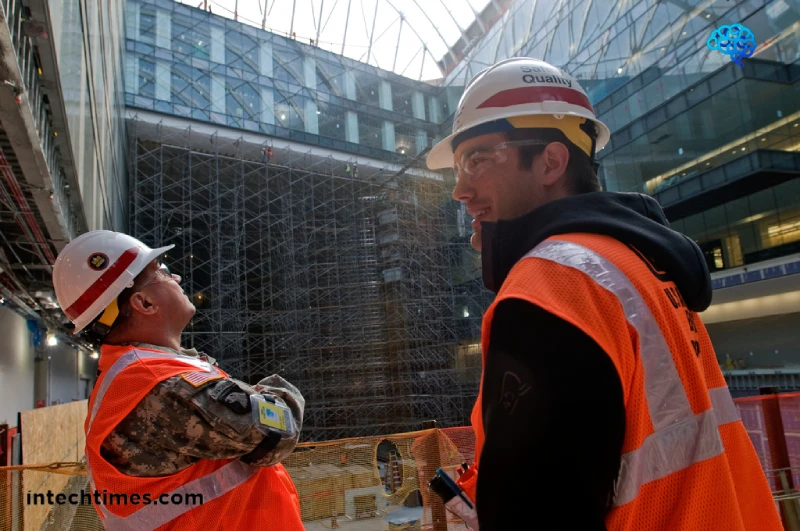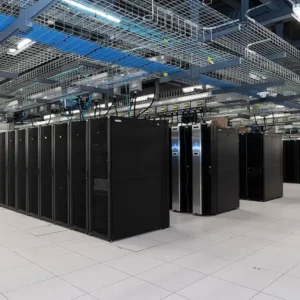Pioneering Sustainable Infrastructure
Modern urban growth calls for a revolution in sustainability within civil engineering. The thoughtful integration of eco-friendly materials and designs will not only diminish the environmental footprint of cities but also pave the way for future generations to thrive. Trending toward sustainability involves more than just buildings; it includes the whole urban experience, from public transportation to green spaces.
The commitment to sustainable infrastructure necessitates innovation at every stage of urban development. Civil engineers and city planners are creating a blueprint for an environment-friendly urban future by harnessing renewable energy, repurposing materials, and embracing green technology. The integration of nature in urban planning has transitioned from an added luxury to a core aspect of city living, offering multiple benefits such as cooling effects, water retention, and psychological well-being.
Emphasizing Resilience in Civil Engineering
In the face of climate uncertainty, resilient design stands at the vanguard of civil engineering. Infrastructure capable of withstanding environmental challenges is not a mere option but a necessity. The design and construction of resilient structures ensure that societies can weather the forces of nature with minimal loss and bounce back quickly in the aftermath of disasters.
Building resilience involves a multi-faceted approach, from flood-resistant foundations and fireproof materials to energy grids that sustain operations during calamities. Designing with disaster in mind has become integral to project planning, offering a vision for a hardier, more enduring civilization engineered to adapt and endure in an ever-dynamic climate landscape.
Intelligent Cities and Civil Engineering
Smart cities are the epitome of technological advancement and urban livability. Civil engineering contributes substantially to this modern conception, bridging innovation with functionality to render cities more integrated, responsive, and enhanced for living. The strategic deployment of sensors, data hubs, and communication networks makes the idea of an innovative, connected city conceivable.
Civil engineers are now working hand in hand with technology experts to develop infrastructures that can communicate, analyze data, and improve services like traffic, waste management, and energy use. This synergy between traditional urban construction and innovative tech leads to an optimized lifestyle for city dwellers, creating an interconnected mesh of seamless everyday experiences.
The Advancements in Transportation Systems
The urban pulse is significantly dictated by its transportation system. Emergent technologies and novel mobility approaches are reshaping how people traverse the urban sprawl. The paradigm shift towards more sustainable transport options—electric vehicles, high-speed rail, and even the experimental venture of the Hyperloop—presents civil engineering with unique challenges and opportunities.
Integrating such advancements into the existing urban fabric requires a marriage of visionary design and practical engineering. Civil engineers must innovate to accommodate new systems within limited urban spaces and ensure they enhance the overall functionality of the city.
Modernizing Water Management Systems
Water is the lifeblood of any city, making contemporary water management systems critical in civil engineering. Modern cities sustainably manage this vital resource amid growing populations and environmental challenges, from delivering clean water to homes to managing stormwater runoff.
Innovative water treatment technologies, eco-friendly landscaping, and infrastructure designs that prevent waste and encourage conservation are crucial. These strategies ensure that cities survive and thrive by efficiently utilizing their water resources and setting sustainable urban growth and resilience standards.
Creative Use of Urban Spaces
Space is a premium commodity in urban settings, necessitating ingenuity. Civil engineers are increasingly tasked with finding new ways to utilize space—transforming waterfronts, repurposing obsolete infrastructure, or exploring vertical construction. In doing so, they allow cities to grow without sacrificing the character and functionality that make them desirable places to live.
Urban planners now look skyward and underground for solutions, where rooftops become gardens and subterranean layers house shopping centers or transportation hubs. These innovative spatial applications show how civil engineering is still developing to creatively and sustainably serve the requirements of contemporary urban populations.
Public-Private Partnerships (PPP) in Urban Civil Engineering
Public-private partnerships represent a collaborative path forward in urban development, merging the efficiency of the private sector with the oversight and scale of public enterprises. These partnerships have the potential to catalyze significant advancements in infrastructure by leveraging the strengths of both sectors. The confluence of public interest and private innovation can result in projects that might otherwise be unfeasible.
The complexities that PPPs bring to the table, such as different operational philosophies and profit motives, require careful negotiation and structure. When aligned effectively, they can lead to the seamless execution of large-scale, transformative projects that mark a step forward in urban development.
Barriers to Innovative Urban Development
Innovation in urban development faces various challenges, ranging from financial constraints and regulatory frameworks to public perception and acceptance of change. Funding, in particular, remains a thorny issue, with substantial investments required to forward transformative projects. Furthermore, civil engineering initiatives often need to navigate complex regulatory landscapes that can hinder progress.
These barriers, however, are not insurmountable. Successful navigation through the intricacies of funding, regulation, and public engagement can clear the way for pioneering projects that set the tone for the future of urban living. Overcoming these challenges will be vital to realizing the potential of innovation within civil engineering.
Educating the Next Generation of Civil Engineers
The monumental task of shaping future urban environments falls upon the new wave of civil engineers who must be equipped with the correct skills and knowledge. Contemporary civil engineering education places a premium on interdisciplinary learning, blending core engineering competencies with environmental consciousness and technological fluency.
As we prepare to hand over the reins to the rising generation of engineers, the emphasis on a comprehensive educational framework encompassing theoretical knowledge and practical application becomes all the more crucial. This approach ensures that future civil engineers are technically adept and visionary thinkers ready to navigate the complexities of an ever-evolving urban landscape.
In the end, the coming together of technology, creative design, and conservation in civil engineering signals the beginning of a new chapter in urban development history. This vision for the future marries the robustness of traditional engineering with the agility of modern technology, and it calls for inventive minds that can creatively leverage finite resources. As these innovative strategies coalesce, they craft a narrative of cities that are sustainable sma, rt rob, smooth, and responsive to the ever-changing needs of their inhabitants.
Visit the rest of the site In Tech Times for more interesting and useful articles.




